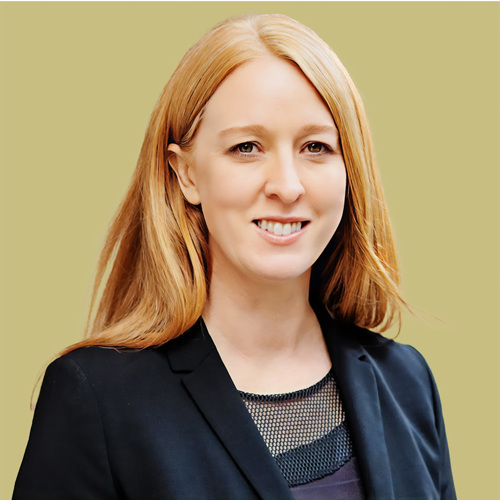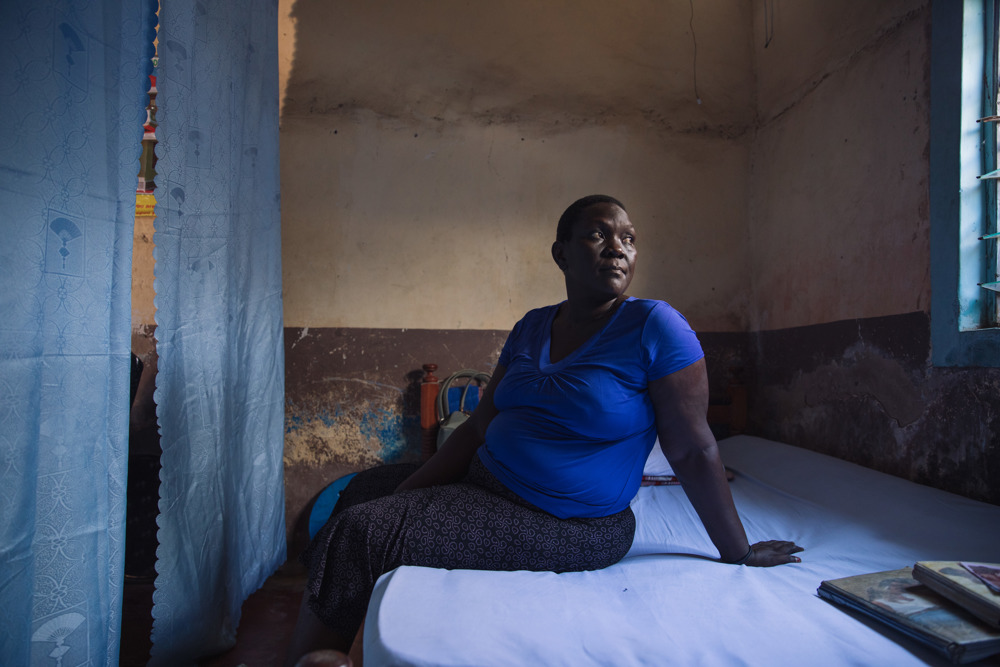Why patient philanthropy works
Ellen Agler, CEO of the END Fund, on the importance of understanding systems before trying to change them
Tuesday, 07 November 2023

Ellen Agler, CEO of the END Fund, on the importance of understanding systems before trying to change them
Tuesday, 07 November 2023

 Ellen Agler is CEO of the END Fund, a funding collaborative working to see an end to the suffering caused by six neglected tropical diseases (NTDs) affecting over 1.5 billion people worldwide. It works with dozens of partners in more than 25 countries, with a focus on Africa. Ellen currently serves on the boards of Global Institute for Disease Elimination (GLIDE) and the 100x Impact Accelerator (powered by the London School of Economics), and the Mwele Malecela Mentorship Program for Women in NTDs. Ellen’s book, Under the Big Tree, is a collection of stories of those struggling with these diseases and the life-saving work that can be – and has been – done to combat NTDs.
Ellen Agler is CEO of the END Fund, a funding collaborative working to see an end to the suffering caused by six neglected tropical diseases (NTDs) affecting over 1.5 billion people worldwide. It works with dozens of partners in more than 25 countries, with a focus on Africa. Ellen currently serves on the boards of Global Institute for Disease Elimination (GLIDE) and the 100x Impact Accelerator (powered by the London School of Economics), and the Mwele Malecela Mentorship Program for Women in NTDs. Ellen’s book, Under the Big Tree, is a collection of stories of those struggling with these diseases and the life-saving work that can be – and has been – done to combat NTDs.
Philanthropy often sets out with big ambition. Funders have big, bold ideas, and they set out to impart them on whatever projects they are involved in. But I believe it is important to take a step back and really understand the size and scale of a problem, because from there, you can best determine how – and with whom – you’re going to solve it.
This is the approach my organisation, the END Fund, takes as we work to end neglected tropical diseases (NTDs).
NTDs are complex. More than one billion people need treatment for one or more NTD, and many of those people live in extreme poverty. Getting treatments to people requires an immense amount of logistical work, culminating where community health workers go door–to-door over a few days to ensure as many people in their area receive treatment as possible.
Yet there are solutions to not only control, but to eliminate these diseases – if we work collectively at a systems level. The END Fund is a funding collaborative that mobilises resources from a community of donors and then partners with non-governmental organisations (NGOs) to design programmes that treat people for NTDs in 25 countries.
Systems change requires leaving egos and logos aside and thinking more about the power of collective organisational efforts, as working together can often achieve greater impact than working individually. And this is what the END Fund aims to achieve as one part of the NTD elimination ecosystem.
For us, the starting point is listening deeply to understand who the partners are, and how we can all work together to find a solution. We also stay conscious of power dynamics. For example, when we have technical and programmatic meetings, we do invite funders but often ask them to let the countries lead the discussion and direction of the meetings rather than funders, because it is the countries that spearhead the work locally.
“Philanthropists need to be patient enough to really understand a problem before trying to solve it.”

Eunice Atieno from Kenya has debilitating lymphatic filariasis, a vector-borne NTD. Photo: Sarah Waiswa, as featured in The END Fund’s Reframing Neglect exhibition to raise awareness on NTDs.
Effective philanthropy is not about having a top-down approach. Rather, it’s about recognising the knowledge of those with the most proximate experience and deepest understanding of the issues and including them in determining how we can collaborate. It is also about allowing people to share their different perspectives. Not everybody must have the same viewpoint, but you do need to have an inclusive, participatory process that allows for the development of a roadmap towards clear goals.
A great example of this process at work is the World Health Organisation’s (WHO’s) creation of the 2021-2030 roadmap for NTDs. The END Fund was involved as one of many stakeholders. While it was a very time-consuming process, hundreds of actors in the NTD space were involved, and now, by working together, we have a framework that has been endorsed by the WHO General Assembly, giving both legitimacy and focus to our work as a collective sector.
Over the past decade as CEO of the END Fund, I have seen firsthand the value of taking the time to understand the nuanced and varied issues an NTD presents before acting, and our dedication to a clear vision and focus sets us apart. In the early years, the END Fund was often approached by people asking us to take on issues in other sectors.
However, we said no because we didn’t want to deviate from our clear goal – to ensure people at risk of NTDs can live healthy and prosperous lives. Instead, we have consistently applied our model within our wheelhouse of expertise.
At the same time, we are humble enough to understand the need for flexibility to meet donors where they are. For example, we run four separate sub-funds, each of which are based on different donor interests working around a subset of diseases or countries, which allows philanthropists to invest in the causes or places of most interest to them.
At the END Fund, we see ourselves as a collective. Our board members have ranged in age from 30 to 70, and we’ve had people from all sides of the political spectrum. Our donors come from 50 countries and diverse backgrounds, but they are all united in wanting to end the preventable disability and poverty caused by NTDs.
I believe one of the most urgent needs in the philanthropic field is for patience – moving forward only after strategic thoughtfulness, deep listening and learning, and a willingness to commit to the ups and downs and iterations of sticking to solving a problem over the long-term. Our field and our world will benefit from this patient, collaborative approach.
Listen to Ellen being interviewed on The Impact Room, a podcast produced by Philanthropy Age.
It's a good idea to use a strong password that you're not using elsewhere.
Remember password? Login here
Our content is free but you need to subscribe to unlock full access to our site.
Already subscribed? Login here